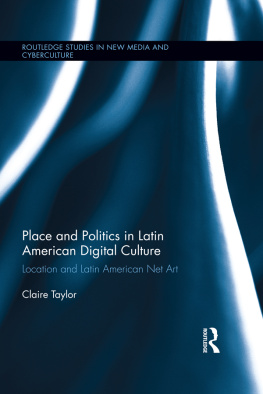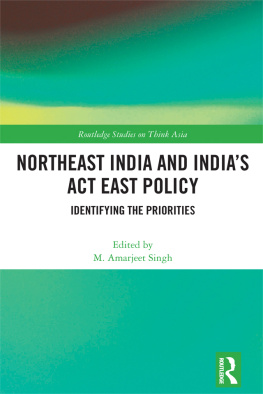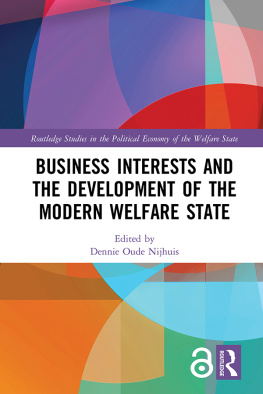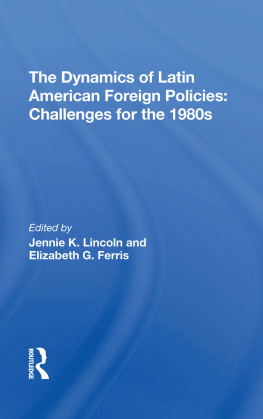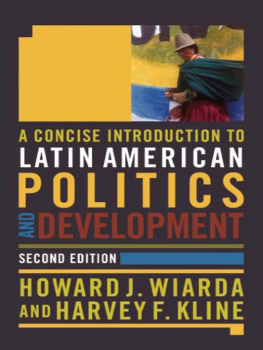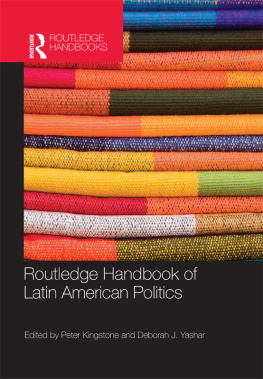1
Re-articulating Place
One of the most hotly debated issues in discussions about the internet in recent years has been the extent to which online content can be understood as rooted in a particular place. Given that much of the initial hype about the internet in the 1990s presented the internet as a globalized medium inhabited by placeless netizens, the question of localityof the rootedness of online content in a particular geographic settinghas come under question in recent years. As user-generated content has grown exponentially, and as a wealth of applications now allow users to refer to their geographical location, add geo-coordinates to their photographs on online platforms, or link content to online maps, amongst many others, the internet is increasingly becoming linked to offline place. The internet nowadays, rather than being a (solely) globalized, placeless medium, in fact offers ways of allowing people to make important connections to, and re-affirm their affiliations to, their physical, offline location.
I engage with this dynamic throughout this book, in which I focus on a vibrant community of Latin(o) American artists to investigate how, in their online works, they engage in re-imaginings of and representations of offline place. Broadly speaking, each of the artists oeuvres falls within the category known as net art, an amorphous category that takes its origins in a specific group of artists in Europe in the 1990s whose work was collectively known as net.art and whose works were characterized by playing with internet protocols, by putting errors within the system to artistic use and by the revival of avant-gardist aims of breaking down the barriers between art and life.to offline praxis both in its subject matter and in its enactment, and as this volume explores, it is often in the intricate negotiations between online features and offline participation that the resistant potential of the works is actualized. The Latin(o) American artists analyzed in this volume develop cultural formats that give rise to new forms of local and regional place-based affiliations, and they interrogate some of the central place-based concerns of Latin(o) American identity through their on- and offline cultural practice.
Six particular works by artists of different countries in Latin America and the US are studied in detail in this book, with one each from Chile, Argentina, Uruguay, Colombia, the USMexico border and the US. The works selected for study depict particular iconic locales in the Latin(o) American imaginary, and each chapter explores how traditional place-based affiliations, or notions of territorial identity, end up reproduced, reaffirmed, or even transformed online. These locales range from the Alameda in Santiago de Chile as the contested space of historic memory in Chile; the Plaza de Mayo and other key locations in Buenos Aires as embodying Argentine identity in both the dictatorial and the neoliberal era; the Rambla Sur and iconic monuments in Montevideo as a defining image of the Uruguayan project of modernity; the cartography of the Colombian terrain as a contested territory; the US Mexico border as physical and conceptual space in which the workings of late capitalism make themselves manifest; and the streets and the border as the socio-economic space in which US foreign policy is played out. Here, the volume engages with recent research over the past decade that has found that place is not lacking on the internet; rather, it is transformed, given different meanings, or re-affirmed in a variety of contexts.
As I discuss in the following, if networked digital media offers the possibilities of rethinking place and territory, then Latin(o) American net artists make creative use of this possibility to engage in the interrogation of and the reshaping of some of the central place-based metaphors of what it means to be Latin(o) American in the contemporary world. The works by the artists analyzed in this volume involve rethinkings of conventional conceptualizations of territoriality, citizenship and local and global affiliationsmany of which notions are central to conceptualizations of Latin(o) America itself as a region. These rethinkings, as I argue in the following, are enacted through a resistant reworking of technology, whereby technologies conventionally put to use by corporate powers, state institutions and transnational capital, amongst others, are used against the grain.
This book thus poses two overarching questions. First, it explores the role that the internet plays in allowing for the formulation of place-based affiliations, asking how Latin(o) American net artists make tactical use of the interplay between virtual and real space to construct new formulations of territorial identity and new cartographies of (urban) space. Second, the volume explores how Latin(o) American net artists appropriate alternative modes of expression and dissemination enabled by new media technologies in order to give voice to oppositional or resistant discourses. Building on and dialoguing with recent debates on tactical media, as well as on the rich Latin(o) Americanspecific heritage of the resistant appropriation of hegemonic tools in a broader sense, the volume investigates how the artists re-appropriations of globalizing technologies and post-digital fragments provide space for the expression of oppositional discourses and for the recuperation of cultural memory.
Representations of Place and Net Localities
It has frequently been noted that early conceptualizations of the internet, and of what has been problematically termed cyberspace, tended to assume a utopian vision of a limitless, free-floating realm, divorced from offline place. One of the pioneering descriptions of the internet, John Perry Barlows (1996: n.p.) oft-citedand subsequently oft-critiqued Declaration of the Independence of Cyberspace, posited cyberspace as a global social space, and is representative of early conceptualizations of the web which saw it as free from geographical fixities. Similarly, the notion of the netizen as no longer a citizen of a particular nation-state but as a citizen of the world thanks to the global connectivity that the Net makes possible (Hauben and Hauben 1997: 3) conceived of the individuals who negotiate the internet as rootless, entirely detached from their physical location. Although predominantly used in the 1990s, the frequency with which terms such as the global village, globalized or netizen are still bandied about in the press when referring to the internet is an indication of just how deep-rooted this idea of the internet as placeless, globalized space has become.
Yet these and other terms are, as many scholars have noted, representative of the utopian discourses that have been built and peddled about the internet but that, in actuality, do not hold true. For these early conceptualizations of the internet as involving erasure of geographical place, although still weighing heavily in the popular imagination, have subsequently been nuanced by a more recent generation of scholars and practitioners who have argued instead that, whilst certain conventional understandings of geography and place may be challenged online, this does not mean that place is erased altogether. First, many scholars have critiqued the implicitly utopianist assumption that the internet offers a placeless space. Dodge and Kitchen (2000), in their extended study on the spatialities and geometries of the internet, argue that new media technologies give rise to new spatialities, but that this does not mean the erasure of geography. Detailing a variety of features such as material concerns of access and infrastructure, government control and surveillance, and the geographies of exclusion whereby spatial inequalities are reproduced online, Dodge and Kitchen (2000: 17) caution against wholesale acceptance of the placelessness thesis. Instead, they argue that, while there is little doubt that the internet does significantly disrupt the spatial logic of modernist societies it does not render geography obsolete, and that geography continues to matteras an organizing principle and as a constituent of social relations (Dodge and Kitchen 2000: 14).

